Rolls-Royce’s coachbuild department gives individuals in possession of sufficient funds the chance to design their dream car from the ground up, just as they would a house. It makes sense, then, that Alex Innes — the designer heading up this arm of the legendary automaker’s business — began his career with the intention of becoming an architect.
On a Zoom call from Rolls-Royce headquarters in Goodwood, two hours’ drive south of London, Innes explains that his plans and preparations to become an architect did reach a fairly advanced stage. “To be honest with you, the car design thing was a bit of a long shot, which I didn’t imagine could ever become a reality,” he says.
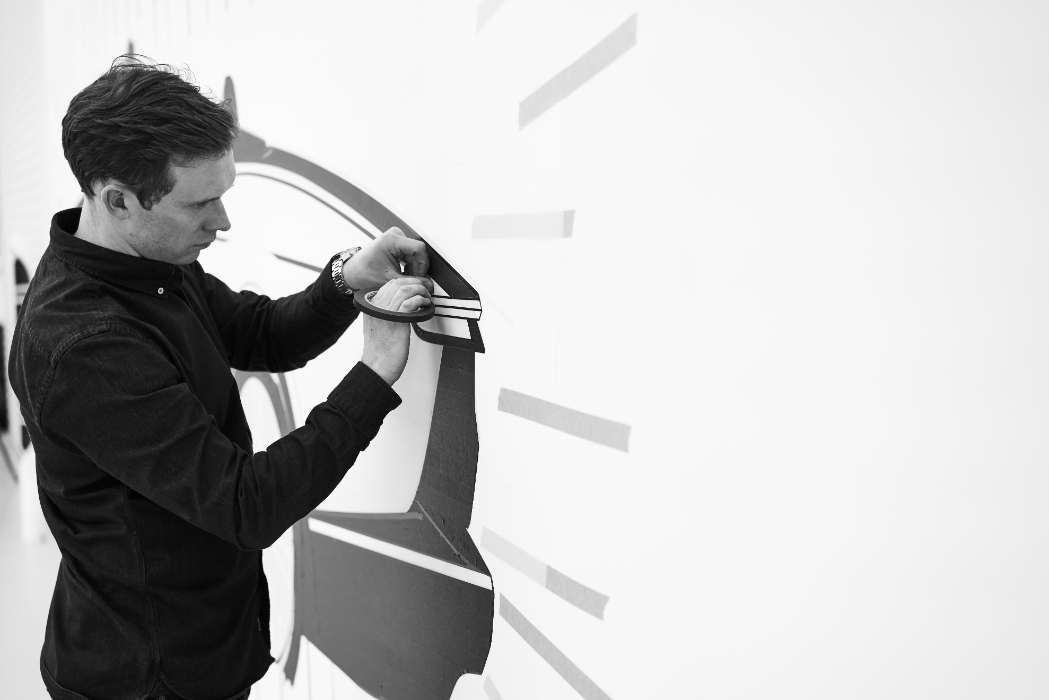
Innes believes the two pursuits share several important parallels. “As long as I can remember, I have been fascinated by the confluence between artistic disciplines and engineering disciplines; that you can create something functional, and it can be beautiful,” Innes says. “That’s really where the similarities lay between architecture and car design, at least in my mind.”
According to Innes, whether you’re designing a car or a building, “They all have functional, performance requirements, and they all have an aesthetic requirement.” He’s spent 12 years now designing cars for Rolls-Royce, but Innes says, “I’m still very, very passionate about architecture.”
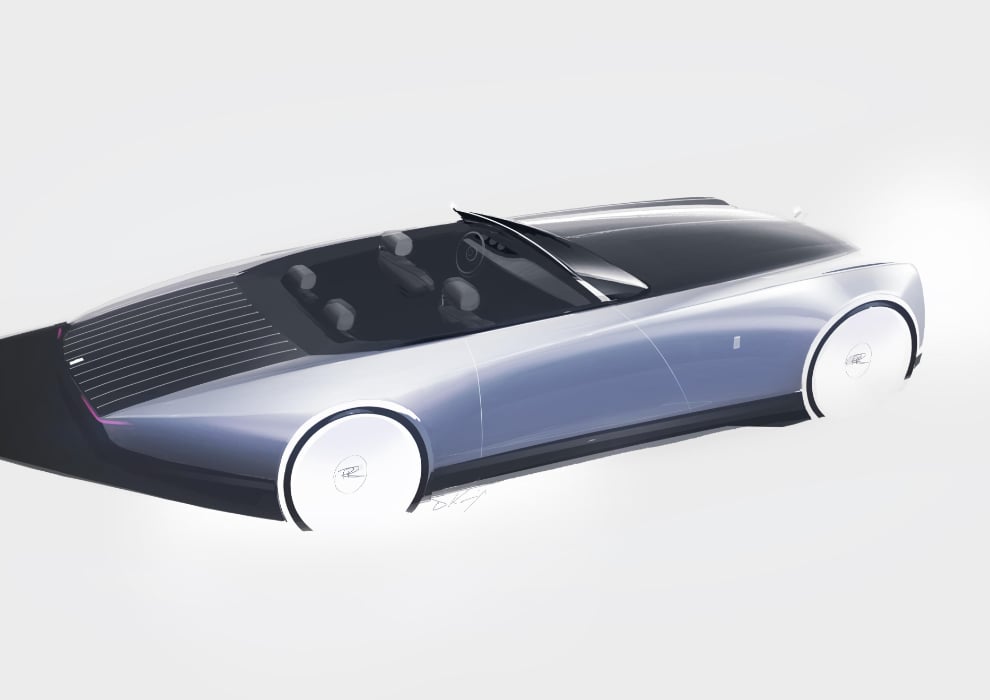
In fact, his position at the world’s most renowned luxury automaker has brought Innes into contact with one of his idols from that field, Lord Norman Foster — the architect responsible for countless iconic structures, including the Gherkin in London, the HSBC Building in Hong Kong and Singapore’s Capella Hotel, among many others.
“I’m particularly fascinated by Lord Foster,” Innes reveals. “And I’ve been fortunate, on a couple of occasions, to spend time with him. He’s a brilliant mind and also a bit of a petrol head. Getting to know a little of his personality only furthered my interest in him, it’s fair to say,” Innes says.
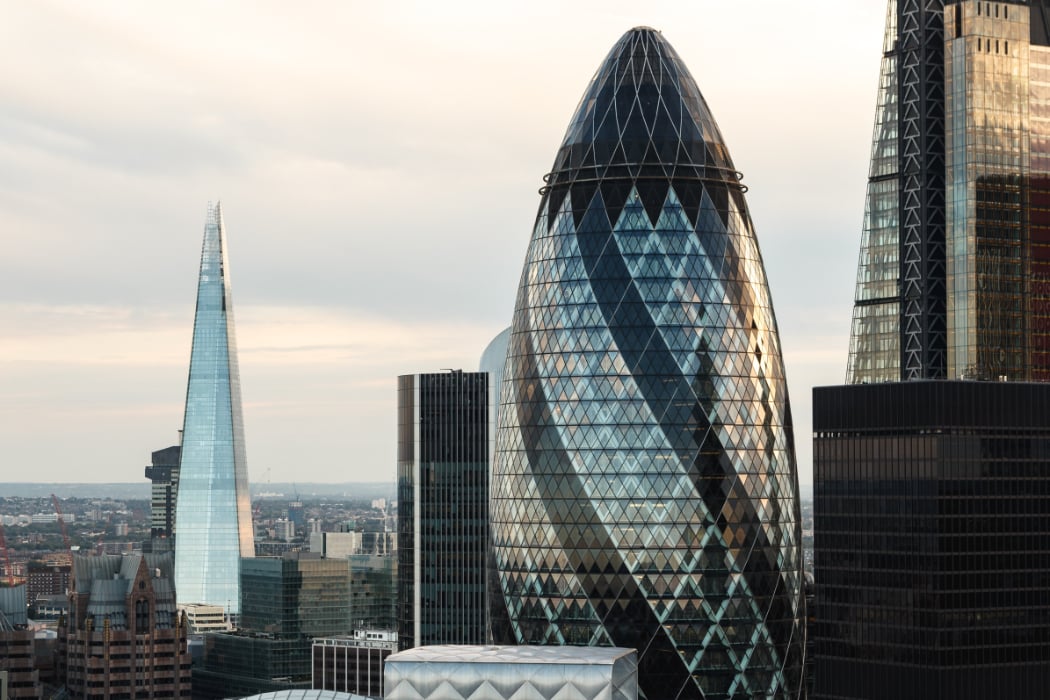
“What I really like about his style, his practice,” Innes says of Foster, “is that he beautifully fuses technical innovations and technical resolutions with aesthetic forms. Particularly, he mastered aluminium structure; in the early days, he mastered lightweight structures. Previously, nobody had ever really considered that a building needed to be lightweight. He mastered that ethos.”
It is in large part thanks to Rolls-Royce’s innovative scalable aluminium spaceframe chassis that the company has been able to relaunch its coachbuild business. Offering clients almost unlimited freedom in commissioning a tailor-made, one-of-a-kind automobile, the process is very similar to designing or decorating a home, says Innes.
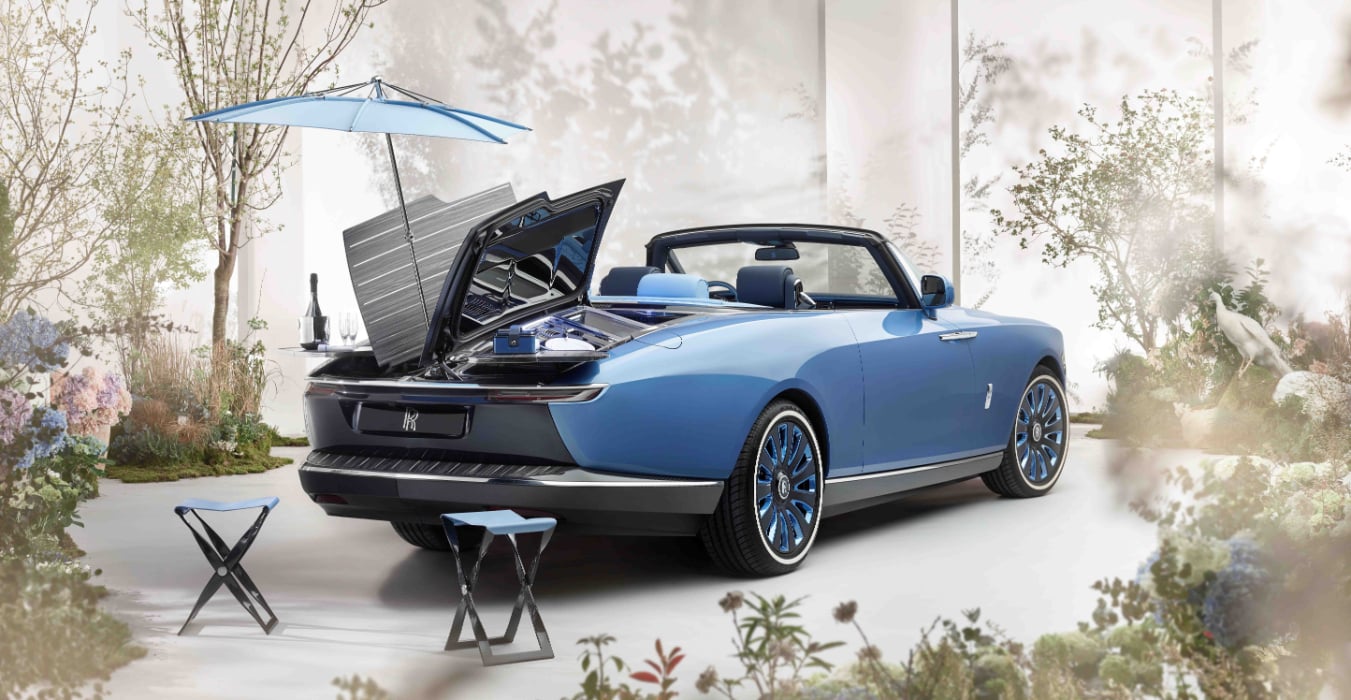
Normally, when purchasing a car today, Innes says, “You buy a product that already exists, and maybe there’s a couple of accoutrements you can alter and change to reflect your personality, but that’s it. Your home, however — and I include all of us in this — wears your personality and wears your characteristics much more visibly. You furnish it and you appoint it yourself, and for anybody coming into your home, it represents your personality.”
In Innes’s view, “That’s the approach that we take at Rolls-Royce with our interiors — that they should be informed by and imbued with the personality of the commissioning client. So it’s not about choosing from a list of pre-existing options. Instead, it’s a matter of asking the client, ‘How would you like to furnish this? How would you like to create it?’”
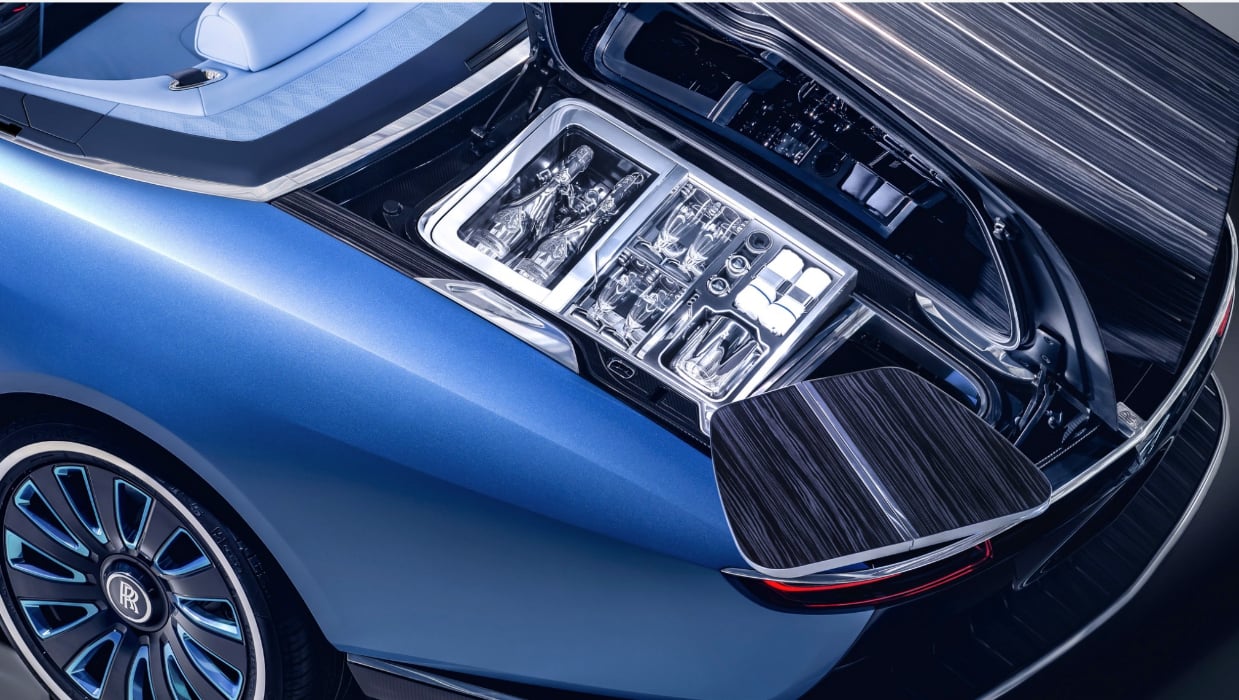
The Rolls-Royce coachbuilding workshop recently unveiled one such imaginatively spec’ed creation, known as the Boat Tail. Inspired by competitive sailing yachts, with acres of Caleidolegno wood veneer panelling, the car’s rear opens at the press of a button to reveal a full outdoor dining suite, boasting custom plates, silverware and crystal, folding seats and a picnic parasol, plus refrigerators tuned to keep champagne at the perfect temperature.
It’s fascinating having the opportunity to collaborate on such extraordinary designs, Innes reckons. “No two Rolls-Royce customers are the same,” he says. “I think that’s reflected in the fact that you’ll rarely find two Rolls-Royces the same — you can trace that back to the uniqueness of their owners.” Though Innes is too humble to say so, the talents of the automotive architects who help build these palaces on wheels probably have rather a lot to do with it, too.
The post Rolls-Royce and the Architecture of Luxury appeared first on 99.co.

